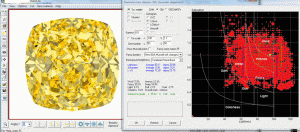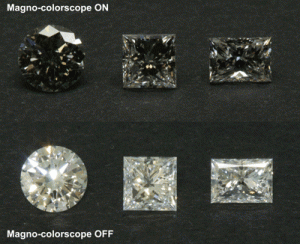strmrdr
Super_Ideal_Rock
- Joined
- Nov 1, 2003
- Messages
- 23,295
YES!!!!Date: 5/20/2009 4:22:18 PM
Author: Regular Guy
Take light performance. If data changes predictably with a change in environment, and the changing environment is substantive to the pattern of changing scores in light performance, doesn''t the changing light as environment need to become part of the evaluative set?
RG you have a better handle on this than many experts.
As matter of fact when talking about diamond performance lighting and environment is the most important variable!!!









300x240.png)